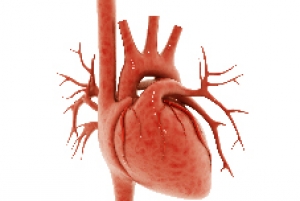The Importance Of Minerals In Optimum Function Of The Heart And Other Muscles
A synergistic combination of micronutrients comprised of various vitamins and minerals is essential for survival and maintaining optimal health. Vitamins are organic substances produced by plants or animals, while minerals are inorganic elements present in the soil and water and are absorbed by plants. The main source of minerals for humans is through the plants we eat. However, a study published in 2004 in the Journal of the American College of Nutrition concluded that in the past fifty years there has been significant decline in the nutritional content of vegetables and fruits with regards to the amount of vitamins C and B2, protein, calcium, iron, and phosphorus. Based on their results, the authors estimated that there would likely have been similar declines in other nutrients as well, such as magnesium, zinc, and vitamins B6 and E. Aggressive farming practices, and the abundant use of chemical fertilizers, pesticides, and other harmful chemicals are the main reason for the nutritional decline. It is claimed that today one would have to eat eight oranges to derive the same amount of Vitamin A as our grandparents would have obtained from one.
Micronutrients Support The Function Of Heart Muscle
Muscles are contractile connective tissue that help in the movement of various organs in the body. Approximately 50% of human body weight consists of the muscle weight. There are three types of muscles in the body: skeletal, smooth and cardiac muscles, with each one having very specialized structure and functions.
Connective Tissue Diseases And The Heart Disease Connection
Connective tissue is the most abundant type of tissue in our body. The shape and form of the body, including its organs, muscles, bones, and cartilage, are determined by the properties of connective tissue. Skin, blood, blood vessels, adipose tissue (fat cells), tendons, ligaments, and teeth are various examples of connective tissue. Therefore, the term “connective tissue diseases” encompasses a wide range of ailments; some of them are inherited, while others develop as autoimmune diseases due to excessive inflammation. Examples of autoimmune connective tissue diseases are scleroderma, lupus, rheumatoid arthritis, vasculitis (inflammation of blood vessels), mixed connective tissue diseases, etc.


